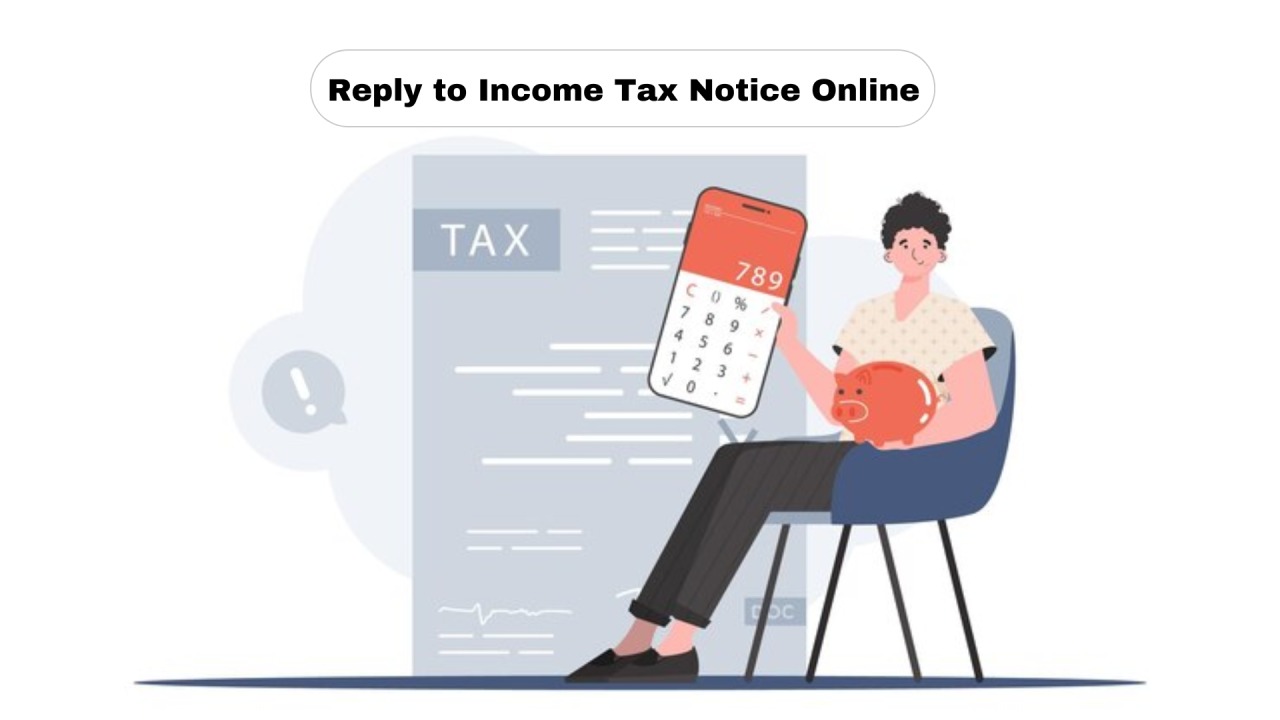Making Tax Digital for VAT-What’s Required in 2025?

Strong 8k brings an ultra-HD IPTV experience to your living room and your pocket.
What Is VAT Registration and the Process for Registering in the UK
VAT (Value Added Tax) is a consumption tax levied on goods and services at each stage of the supply chain, from production to final sale. In the UK, VAT is overseen by HMRC (His Majesty’s Revenue and Customs). Businesses that meet specific turnover thresholds are required to register for VAT.
Understanding the VAT registration process and related obligations is essential for business owners to remain compliant and take advantage of potential financial benefits. This guide walks you through what VAT registration entails, when and how to register, and how to manage your responsibilities after registering—featuring expert insights from Regent Business Strategies.
What Is VAT Registration?
VAT registration is the official process of notifying HMRC that your business is liable to charge, collect, and remit VAT. Once registered, your business receives a VAT registration certificate and a unique VAT number, which must appear on all invoices. You’ll also need to follow HMRC’s guidelines on VAT recordkeeping and returns.
Registering for VAT allows your business to:
-
Charge VAT on your products or services
-
Reclaim VAT paid on business-related purchases
-
Enhance your credibility with clients and suppliers
However, VAT registration also brings responsibilities, such as timely filings and compliance with HMRC rules.
When Must a Business Register for VAT?
VAT Threshold
As of 2025, the VAT threshold is £90,000 in a rolling 12-month period. If your taxable turnover exceeds this amount, you must notify HMRC and register within 30 days.
You can also voluntarily register if your turnover is below the threshold, which may be beneficial if you regularly deal with VAT-registered clients or want to reclaim VAT on expenses.
Mandatory Registration Triggers
You must register for VAT if:
-
Your taxable turnover exceeds the threshold
-
You expect to exceed the threshold in the next 30 days alone
-
You receive goods worth more than the threshold from the EU
-
You take over a VAT-registered business
Failure to register on time may lead to penalties and backdated tax.
How to Register for VAT
VAT registration is done online through HMRC. Here’s a step-by-step guide:
-
Evaluate Your Turnover
Track your taxable turnover on a rolling 12-month basis. If it exceeds the threshold, begin registration immediately. -
Create a Government Gateway Account
Set this up if you don’t already have one—it’s required to access HMRC’s online services. -
Submit Your Application
Log in to your account and complete the VAT registration form. You’ll need to provide:-
Business name and address
-
Nature of your business activities
-
Estimated turnover
-
Bank details
-
Date you became liable for VAT
-
-
Choose a VAT Scheme
During the application, choose a VAT accounting scheme that suits your business needs (see next section). -
Receive Your Certificate
HMRC typically issues your VAT registration certificate within 14 working days. It includes your VAT number and effective registration date.
You must start charging VAT from the effective registration date—even if the certificate hasn’t arrived yet.
Choosing the Right VAT Scheme
Your choice of VAT scheme affects how you report and pay VAT. HMRC offers several options:
-
Standard Accounting Scheme
The default option: submit quarterly returns, charge VAT on sales, and reclaim VAT on purchases. -
Flat Rate Scheme
For businesses with turnover under £150,000. You pay a fixed percentage of turnover as VAT and simplify bookkeeping. -
Cash Accounting Scheme
Pay and reclaim VAT only when payments are received or made—helpful for managing cash flow. -
Annual Accounting Scheme
Submit one annual return and make advance VAT payments based on estimated liability.
Regent Business Strategies can help you select the best scheme for your industry and cash flow needs.
Responsibilities After VAT Registration
Once registered, your VAT responsibilities include:
-
Charging VAT
Add the correct VAT rate (standard, reduced, or zero) to all taxable sales and show it on invoices. -
Keeping Accurate Records
Maintain VAT invoices, receipts, and sales/purchase records for at least six years. -
Filing VAT Returns
Typically filed quarterly, summarizing VAT charged and paid. Returns are due one month and seven days after each period ends. -
Paying VAT
Pay HMRC any VAT due by the return deadline to avoid penalties.
What Is a VAT Registration Certificate?
Your VAT registration certificate is issued by HMRC and includes:
-
Your VAT number
-
The effective date of registration
-
The issue date of the certificate
Keep this document secure—it’s required for invoicing, filing VAT returns, and interacting with HMRC.
Benefits of VAT Registration
Though it adds administrative tasks, VAT registration has several advantages:
-
Reclaim VAT on purchases and operating expenses
-
Professional image with suppliers and clients
-
Preparation for growth, especially when approaching the threshold
How Regent Business Strategies Can Help
VAT compliance can be complex—especially for new or fast-growing businesses. Regent Business Strategies offers hands-on support to help you:
-
Assess VAT registration requirements
-
Choose the best VAT scheme
-
Complete the registration process
-
Set up VAT-compliant systems
-
Manage ongoing filings and HMRC communication
Let professionals handle the VAT so you can focus on growing your business.
Conclusion
Registering for VAT is a key compliance milestone for UK businesses. Whether it’s mandatory or voluntary, understanding the VAT threshold, choosing the right scheme, and staying compliant with HMRC can help avoid penalties and support future growth.
With the right partner—such as Regent Business Strategies—VAT registration becomes not just a legal step, but a strategic business decision.
Note: IndiBlogHub features both user-submitted and editorial content. We do not verify third-party contributions. Read our Disclaimer and Privacy Policyfor details.







